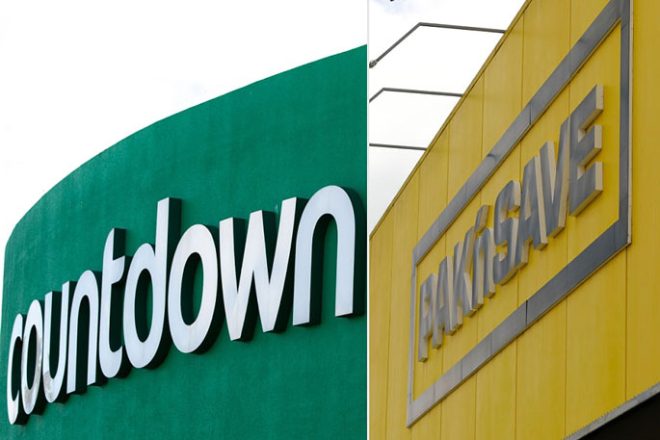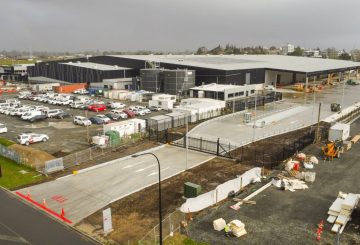9月1日から、ニュージーランドの大手スーパーマーケットチェーンは、小規模サプライヤーを不当に扱った場合、最高300万ドルの罰金を科せられます。この動きは、同国の食料品小売価格が高く、220億ドル規模の業界では競争が欠如していると指摘した商務委員会の報告に続くものです。
主な詳細:
- 委員会の調査結果によると、ニュージーランドの食料品価格と大手小売業者の収益性は世界基準と比較して高かった。
- 食品・食料品部門は主にフーズ(ニューワールド、パックンセーブ、フォー・スクエア・チェーン)とウールワース・グループ(カウントダウン、フレッシュ・チョイス、スーパー・バリュー・チェーン)が支配しており、合わせて市場の 80% を占めています。
- 政府は、スーパーマーケットが競合他社の土地へのアクセスを制限することを防ぐために、強制的な行動規範や法律などの措置を導入しています。
- この規範は、スーパーマーケットがサプライヤーと誠意を持って行動し、タイムリーな支払いと明確な契約を確保することを義務付けています。遡及的な契約変更は禁止されています
- この規範に違反した場合、最大300万ドル、つまりスーパーマーケットの売上高の 3% に上る罰金が科せられます。個人には20万ドルから最高50万ドルの罰金が科せられる可能性があります
- この規範は6か月後に完全に発効し、小売業者とサプライヤーの両方がその規定に基づいて交渉する予定です。
- 消費者にとってのメリットには、価格の引き下げ、製品範囲の拡大、選択肢の拡大などがあります。ただし、価格は以前の水準には戻らない可能性があります
- 規制違反は、サプライヤーとスーパーマーケットの両方に情報を要求する権限を持つ食料品コミッショナーのピエール・ヴァン・ヘールデンによって監視されます。
。
。
。
コミッショナーは、サプライヤーに問題を報告するよう奨励し、匿名性を保証します。最終的な目的は、業界における競争と公平性を高め、サプライヤーと消費者の両方に利益をもたらすことです
。





























































